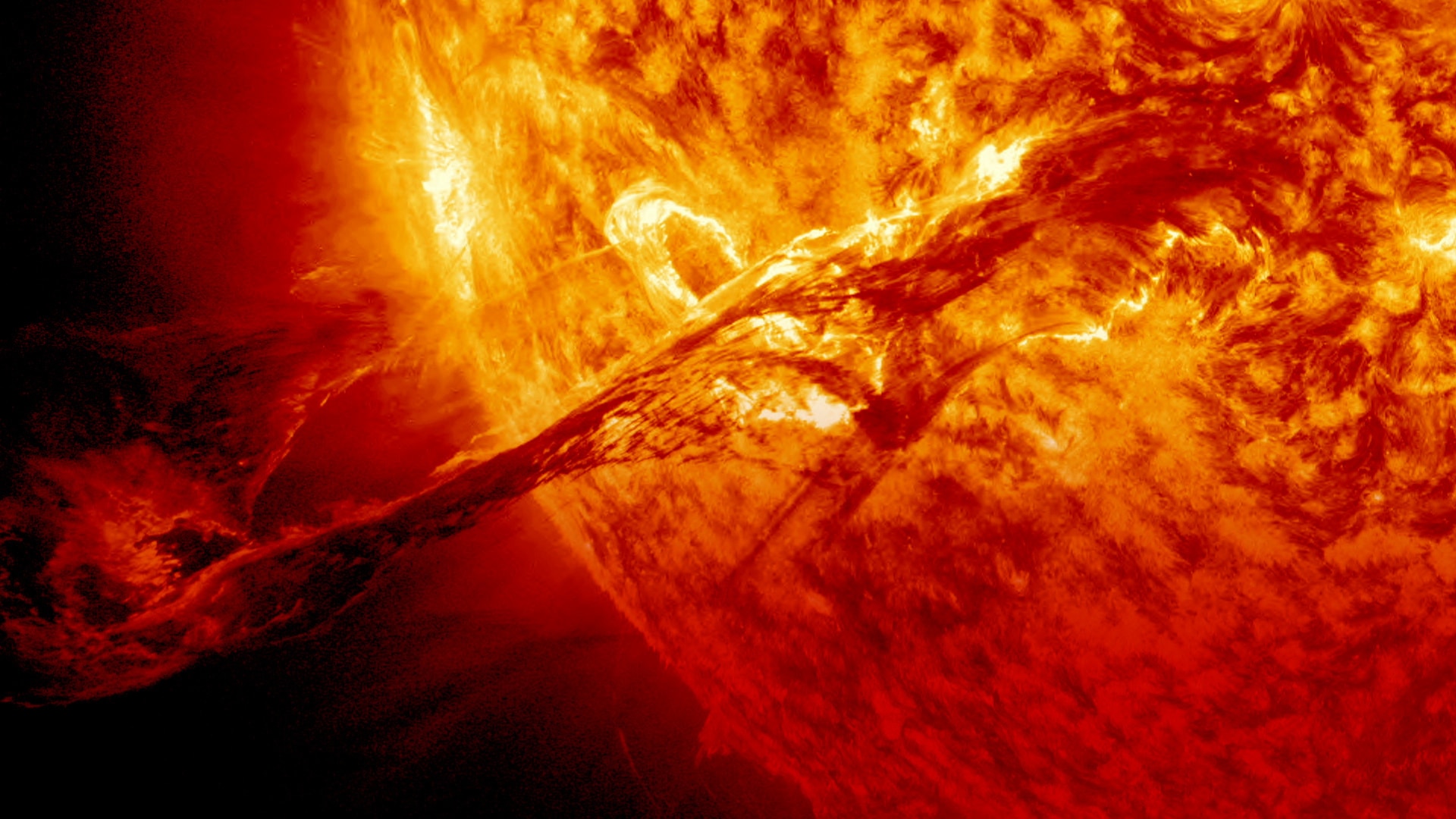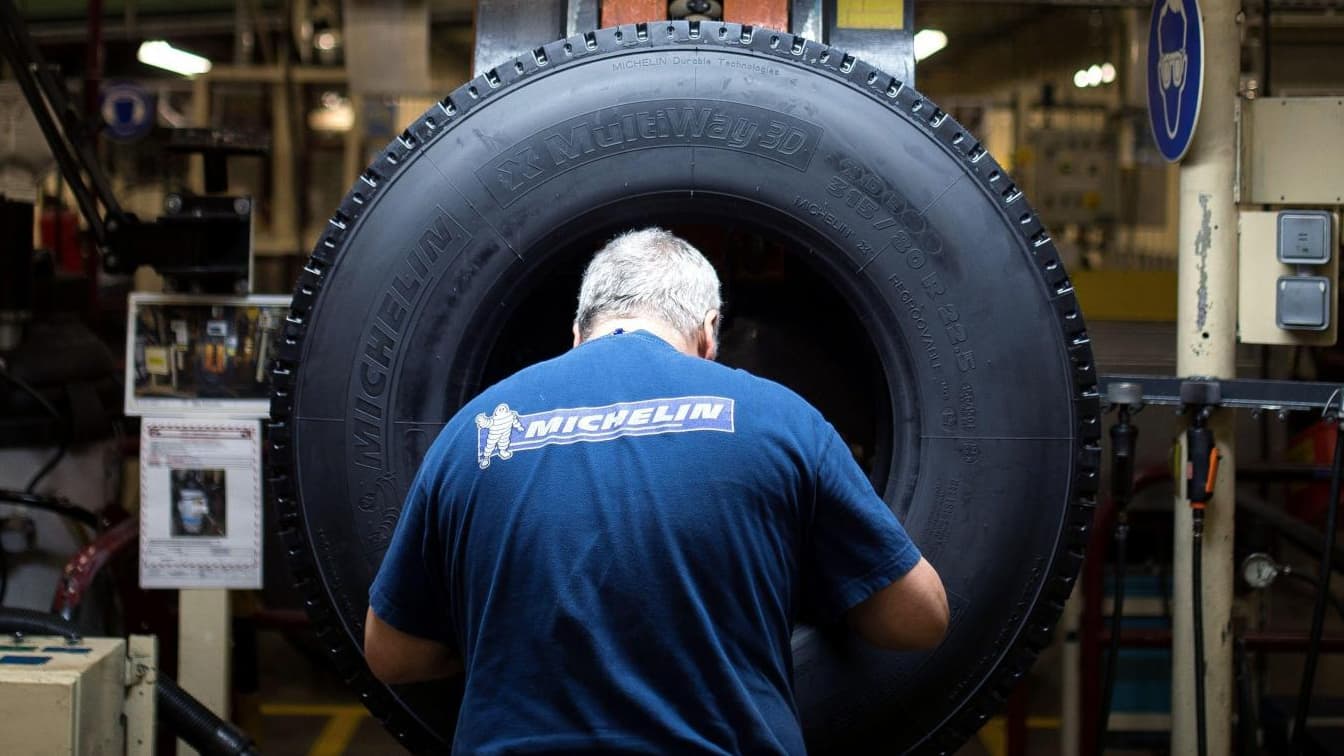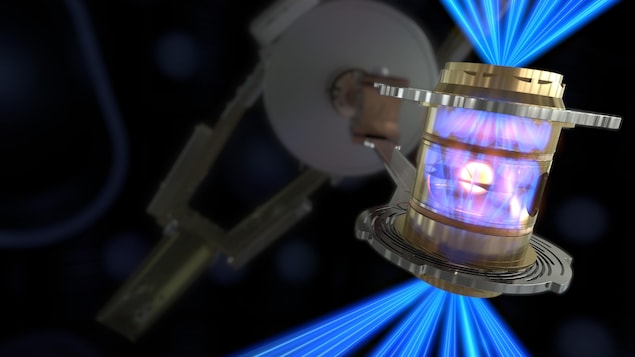US Energy Secretary Jennifer Granholm made the announcement on Tuesday, along with US scientists LLNL. called achievementHistorical
bringing the world closer to the possibility of creating a Abundant carbon-free fusion energy
.
It took generations of people to achieve this goal. It’s a science landmark and it’s also an engineering marvel.
added Eng. Arati Prabhakar, director of the Office of Science and Technology Policy at the White House.
The promise of clean energy
Scientists have been trying for more than 50 years to generate energy through nuclear fusion, with the goal of making it a cleaner source of energy.
It could one day allow humanity to cut its dependence on fossil fuels responsible for global warming. Another advantage: it does not create radioactive waste unlike nuclear fission.
Fusion differs from fission, a technology currently used in nuclear power plants which consists in breaking the bonds of heavy atomic nuclei to recover energy.
Net energy gain has always been an elusive goal, because fusion occurs at high temperatures and pressures that are incredibly difficult to control.
This nuclear reaction is what powers stars, including our sun. Thanks to the extreme conditions of heat and pressure that prevail there, hydrogen atoms fuse to form helium, releasing a huge amount of energy in the process.
On Earth, this process can be accomplished with a super powerful laser.
Laboratory experience
in LLNLOn December 5, no fewer than 192 lasers were directed at a target as small as a thimble, in which a small capsule made of diamond, containing hydrogen isotopes (deuterium and tritium) was placed.
The laser produced a temperature of about 150 million degrees, ten times the temperature of the sun, causing the hydrogen atoms to fuse together. The reaction takes only a split second.
Thus, the scientists produced about 3.15 megajoules of energy, which is 2.05 megajoules originally via the laser, according to the statement.
However, 300 megajoules of energy drawn from the power grid were required to activate the laser – making the overall process still a loss. But, according to scientists, it will eventually be possible to overcome this problem.
Our calculations indicate that it is possible, with a large-scale laser system, to achieve an output of several hundred megajoules.
explained Kim Podell, director of the Lawrence Livermore National Laboratory. But we are still far from that.
not for tomorrow
Thus, industrial and commercial solutions that will allow the production of energy to power homes and businesses from nuclear fusion are not available for tomorrow, since the technological challenges are still great.
I don’t think we or our children or grandchildren will benefit directly from nuclear fusion.
says Pierre-Olivier Pinault, who holds the Chair in Energy Sector Management at HEC Montréal
An opinion shared by nuclear reactor specialist Jay Marlowe.
” Maybe in 2080 … 2090, but there may be other discoveries and other ways to start fusion reactions that will appear by then. »
Other nuclear fusion projects under development, notably the international ITER project, are currently under construction in France.
Instead of lasers, the so-called magnetic confinement technology will be used: hydrogen atoms will be heated in a huge reactor, where they will be trapped using the magnetic field of the magnet.

“Total coffee aficionado. Travel buff. Music ninja. Bacon nerd. Beeraholic.”







More Stories
Quebec delegation to Gaza: “We are committed to knowing that there is an element of risk”
Senate: Rapid dismissal of charges against Mayorkas
Volcano erupts in Indonesia, hundreds of residents evacuated